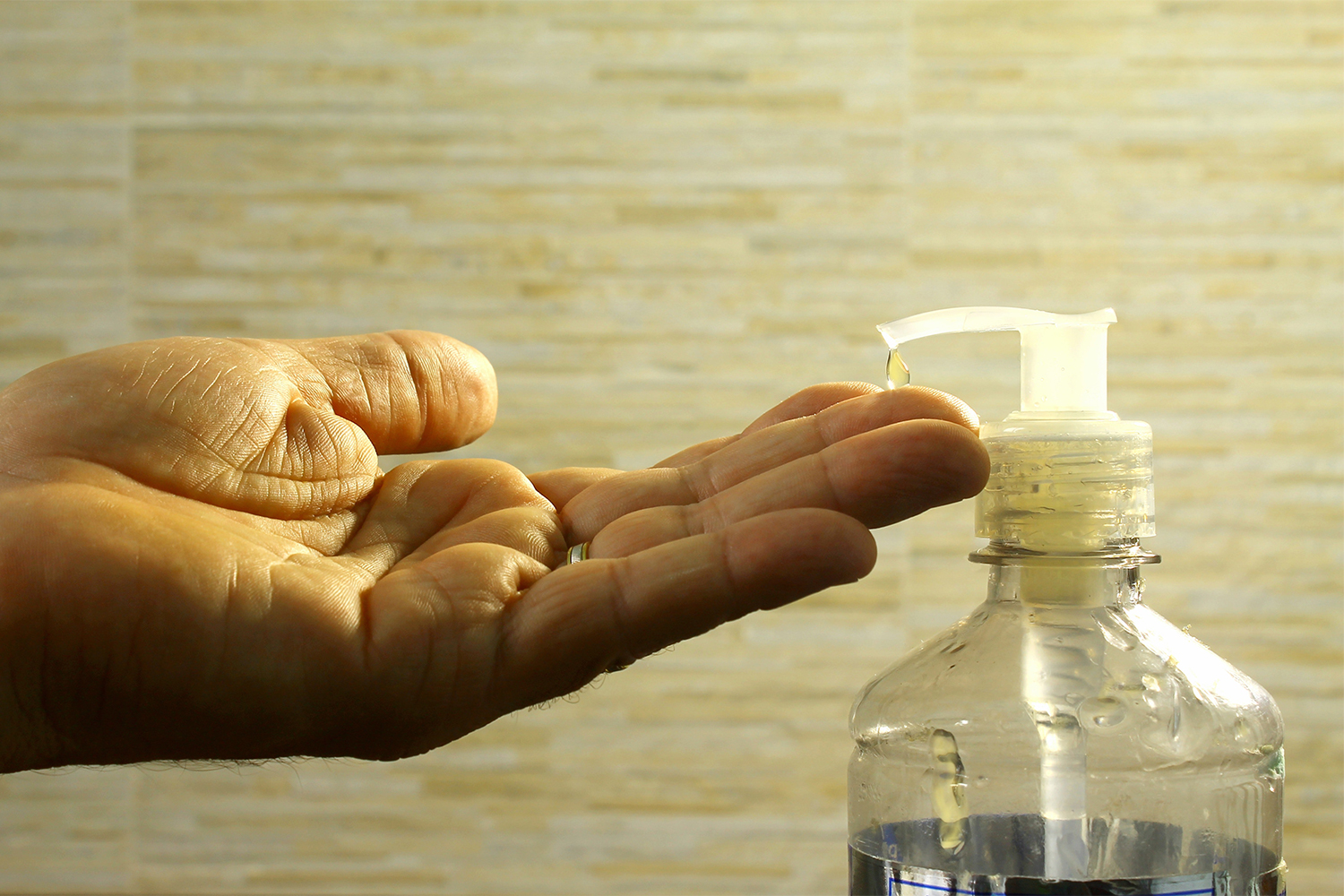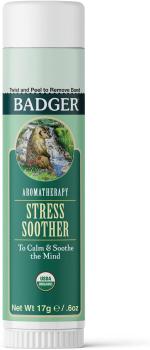What is Fragrance?
“Fragrance is any substance added to a product to impart a scent or mask an odor,” said Alexandra Scranton, director of science and research at Women’s Voices for the Earth, a nonprofit environmental health group. “It’s commonly listed on products as the generic term ‘fragrance,’ but it can be a mixture of tens to hundreds of different chemicals.”
The majority of these chemicals are derived from petroleum. Ensuring their safety is largely up to the fragrance industry, which poses a conflict of interest. What’s more, American companies aren’t required to list the chemical makeup of fragrances because they’re regarded as trade secrets. However, this stance is slowly shifting.
European Union laws require that 26 specific fragrance allergens be disclosed on product labels if they’re present above certain amounts. Increasingly, American companies are also disclosing these 26 allergens, Scranton noted. In addition, a few large US companies are committing to disclose fragrance ingredients present at or above 0.01 percent in products.
Fragrance Health Risks
Studies suggest 2 to 11 percent of the general population is allergic to fragrance. However, when the chemicals are tested individually rather than in a mix—a more sensitive method of allergy testing—up to 20 percent of people are allergic to one or more fragrance ingredients.
Notably, up to three times more women than men have fragrance allergies. One possible reason is that women use more personal care products and scented cleaning products, so their exposure is generally higher.
“Skin rashes are the most common allergic reaction to these chemicals,” Scranton said.
Fragrance can worsen breathing problems in people with asthma and other chronic lung diseases. Additionally, fragrance triggers symptoms in the majority of people with heightened chemical intolerance called multiple chemical sensitivity (MCS). When people with MCS smell fragrance, it may cause migraine headaches, nausea, dizziness, difficulty thinking, heart palpitations, or other problems. MCS is on the rise and may affect more than 12 percent of Americans.
Fragrance chemicals may also impact the health of the broader population. “We reviewed more than 3,000 chemicals used in fragrance and found cancer-causing chemicals, reproductive toxins, hormone disruptors, and other harmful chemicals,” Scranton said. “Certainly, many unexplained illnesses occur. Whether fragrance is contributing to this is unknown but of concern.”
Avoid Synthetic Fragrances by Smart Shopping
To avoid synthetic fragrances, avoid products with “fragrance” or “parfum” in the ingredients list. Natural scents, such as from pure essential oils, are generally listed by the ingredient name rather than as fragrance.
Be careful with products labeled unscented. “Sometimes unscented means the product doesn’t contain fragrance,” Scranton said. “However, some unscented products contain fragrance intended to mask or neutralize the odor of other ingredients in the product.” These chemicals aren’t necessarily labeled as fragrances.
“If you suspect you’re reacting to a product, report it to the manufacturer and ask what’s in their fragrance if they aren’t disclosing it,” Scranton said. “Companies need to hear from the people who buy their products. Calling and voicing concerns about the safety of fragrance ingredients can really make a difference.”
Fragrance-Free Personal Care
Here’s a sampling of products that don’t contain synthetic fragrances.
Hair Care
Body Care
Skin Care
Fragrance Allergens to Lookout for on Labels
Common cosmetic fragrance allergens:
- Geraniol
- Eugenol
- Hydrocitronellol
- A-amylcinnamal
- Cinnamal iIsoeugenol




